
*Note: Name, Email and Phone Number are mandatory.

Across the African continent, a new industrial chapter is quietly being written — not with fanfare, but with foundations. As economies shift from extractive to productive, structural steel is emerging as a key enabler of this transformation. Behind the scenes, ecosystems are taking shape to move Africa beyond raw exports and into a future of value-added manufacturing. For long-view investors, this isn’t just a sector — it’s a signal.
Africa’s appetite for steel is steadily climbing. In 2024, the continent consumed approximately 39.49 Million Tons in 2024. of steel. By 2034, this is expected to exceed 53 million tonnes, driven by a consistent CAGR of ~3.1%. While this may not rival global giants in absolute scale, it represents something rarer: a sector rooted in long-term fundamentals — infrastructure expansion, urbanisation, and industrial diversification.
From Dakar to Dar es Salaam, governments are investing in transport corridors, affordable housing, energy, ports, and economic zones — all of which rely heavily on structural-grade steel. Beams, rebar, columns — the skeletal frameworks of a developing future — are in ever-increasing demand.
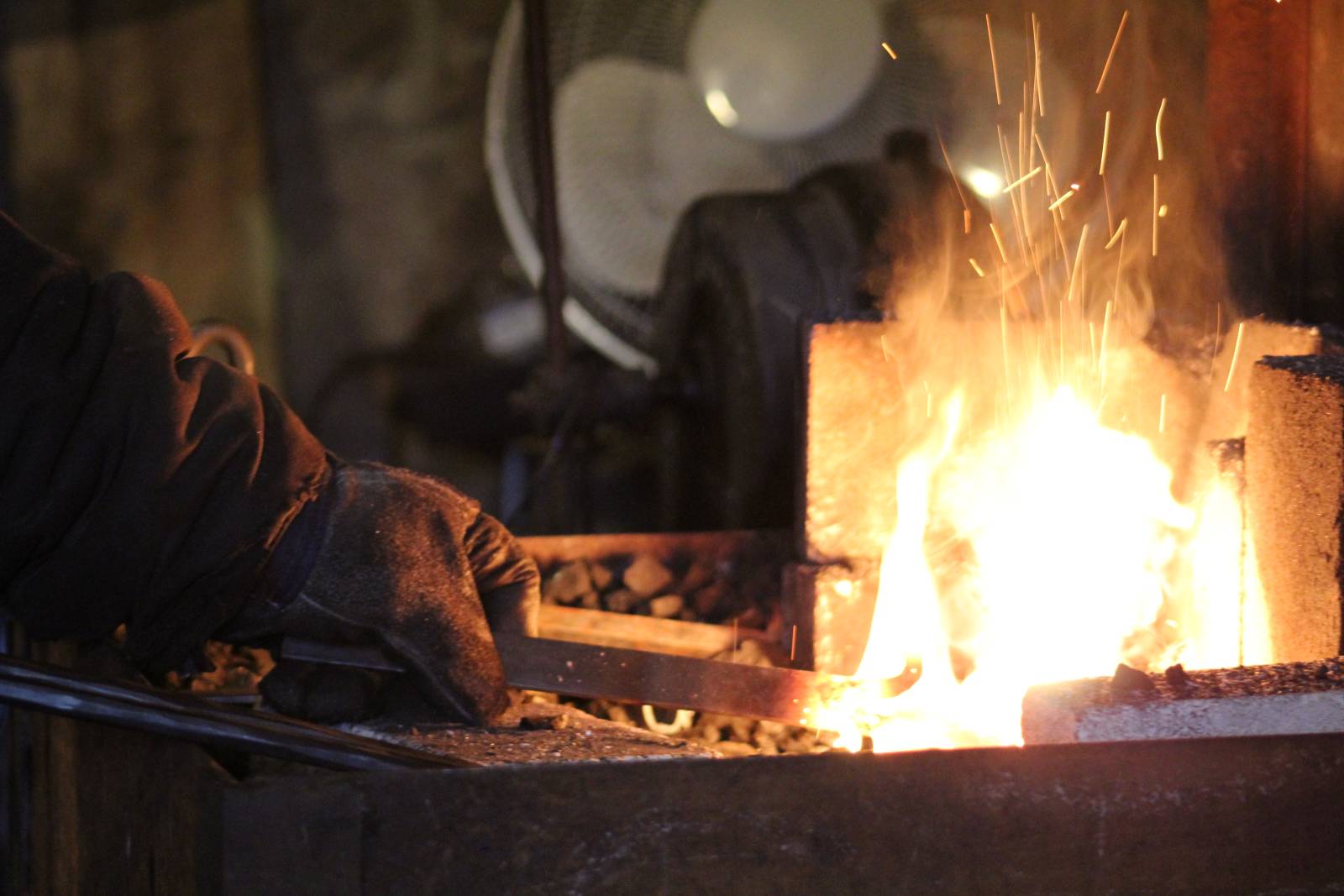
Africa is well-endowed with the resources that feed steel manufacturing — and yet, most of it remains underutilised:
Guinea holds over 2 billion tonnes of high-grade iron ore
Gabon and Cameroon have significant iron ore & manganese deposits
Togo and Benin have abundant limestone reserves
Tanzania, Liberia, and Nigeria offer base-metals and scrap potential
Despite this, Africa delivers < 2% of global crude steel
Historically, these mineral resources have exited the continent unprocessed — losing out on the value-add stages that create jobs and industrial strength.
That’s beginning to shift. Strategic industrial zones, often located near mines and ports, are being built to convert raw resources into finished inputs. These locations offer not just proximity, but the infrastructure, power reliability, and governance to enable manufacturing at scale.
From Gabon and Benin to Togo, governments — in partnership with ecosystem builders like ARISE IIP — are developing vertically integrated industrial ecosystems. These go beyond basic SEZs. They are purpose-built platforms designed to close the loop between minerals, manufacturing, and market.
By anchoring steel in these ecosystems, investors benefit from inbuilt demand, shared utilities, logistics access, and policy stability — a combination that de-risks both capex and opex.
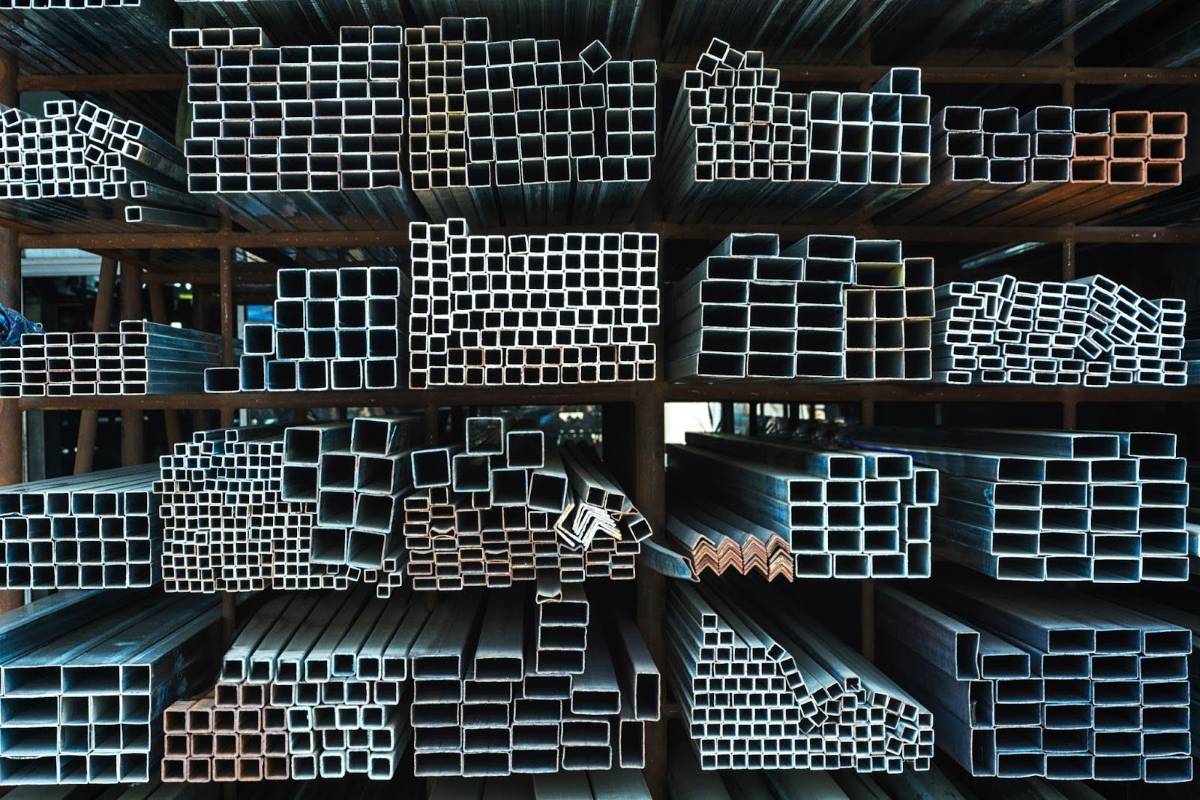
Africa is not the first to walk this path — and successful parallels are already visible.
In Vietnam, Hoa Phat Group produced 6.7 million tonnes of crude steel in 2023. In Q1 2025 alone, it recorded 2.66 Mt, up 25% year-on-year — growth driven not by exports, but by domestic infrastructure demand.
Turkey, meanwhile, produced 33.7 Mt of steel in 2023, exporting 14.5 Mt — much of it via Electric Arc Furnace (EAF) production for structural applications. Its growth was fuelled by SEZs, logistics integration, and local demand proximity.
Even within Africa, momentum is building. In Senegal, Tosyali Holding is investing $200 million in a structural steel plant linked to iron ore reserves in Angola, demonstrating that regional vertical integration is not just viable — it’s already underway.
And in Gabon, Benin, and Togo, structural steel is being explored within the framework of integrated industrial zones— where resource access, demand proximity, and infrastructure are already in place. Here, new investments are tapping into a model that has worked globally, but adapting it to fit African strengths.
Together, these examples show that Africa isn’t beginning at zero — it’s adapting a proven blueprint while shaping a version of success rooted in its own regions.
Africa doesn’t need to be the next China. It needs to produce for itself.
Most countries across the continent still rely on imported structural steel — including rebar, beams and fabrication components. These imports come with costs: freight, foreign exchange exposure, long lead times and carbon footprints.
That’s where Africa’s edge lies: zone-led plants that serve regional cities, reduce dependency, and align with AfCFTA’s seamless trade intent.
With 54 nations onboard, the African Continental Free Trade Area (AfCFTA) has quietly changed the playing field. By eliminating tariffs on 90% of intra-African goods and removing non-tariff barriers, it transforms domestic plants into regional export platforms.
AfCFTA gives investors market reach without the cost of distance — a powerful differentiator in construction materials where margins often hinge on freight.
Africa’s position is more central than it appears on the map.
In short: Africa is no longer on the periphery of industrial trade — it’s positioned at the intersection of it.
Structural steel isn’t a standalone product — it’s a foundation.
Its presence powers growth in:
Every new beam sets off a ripple — pulling in adjacent industries, skills, and capital.
Structural steel manufacturing in Africa is no longer a “someday” opportunity. It’s here, it’s growing, and it’s increasingly investor-ready.
This is not just about producing steel — it’s about building the spine of a continent that’s rising. One zone, one beam, one opportunity at a time.
Africa’s steel story has moved beyond extraction and imports — it’s now about building the capacity to build. The transition to full-scale production is already in motion, driven by abundant natural resources, robust regional trade frameworks and integrated industrial platforms. For investors, this isn’t a leap of faith — it’s a strategic move into a sector primed with demand, access and ecosystem readiness.
Across zones in Togo, Gabon, Benin and beyond, players like ARISE IIP are closing critical gaps — connecting mines to markets, beams to skylines. The result? A future where Africa not only consumes steel but manufactures it at scale, on its own terms.
1. Why is structural steel manufacturing growing in Africa?
Africa is seeing a rise in structural steel manufacturing due to increasing infrastructure demand, abundant raw materials like iron ore and manganese and the growth of integrated industrial zones that support local production.
2. What makes Africa a strong investment opportunity for the structural steel industry?
Africa offers vast untapped mineral reserves, growing regional construction needs, zone-enabled infrastructure and AfCFTA-driven market access — all creating a low-risk, high-reward landscape for investors in structural steel.
3. Which African countries are leading in structural steel development?
Togo, Gabon, and Benin are emerging as structural steel hubs, supported by ecosystem builders like ARISE IIP. These countries offer access to raw materials, port infrastructure and integrated manufacturing zones.
4. How does AfCFTA benefit steel manufacturers in Africa?
AfCFTA allows steel producers to trade across 54 African countries without tariffs, cutting freight costs and opening up large regional markets. It turns local plants into export platforms with strong logistics advantages.
5. What raw materials are available in Africa for steel production?
Africa holds billions of tonnes of iron ore (Guinea, Cameroon), vast manganese deposits (Gabon) and limestone reserves (Togo, Benin), creating a strong foundation for local structural steel production.
6. Is Africa ready to replace imported structural steel with local production?
Yes. With growing demand, improved infrastructure, and regional trade access, Africa is positioned to reduce imports and substitute them with locally manufactured structural steel — improving speed, pricing and supply chain resilience.
#InvestInAfricaNow
Choose the best investment opportunities and set up your business in Africa's world class industrial zones today, securing a prominent position in the global market.
Get in touch with our Africa investment specialists or support team and expand your business in Africa today!
recommended topics
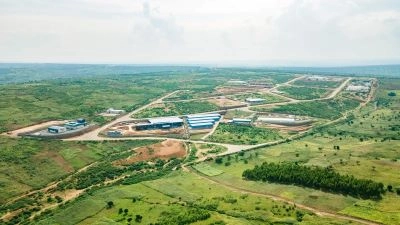
Discover prime locations across Africa for lucrative investment opportunities and strategic growth.
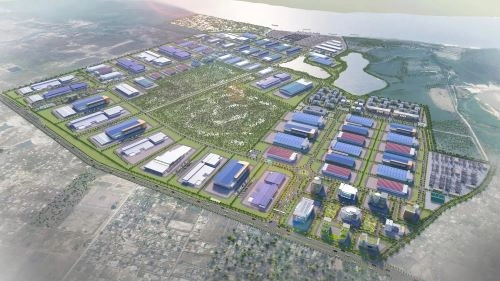
Explore key investment zones in Africa that offer strategic advantages and economic benefits.
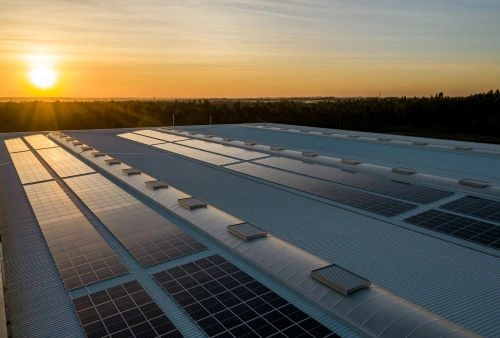
Uncover the best investment opportunities in Africa to maximize your business potential.
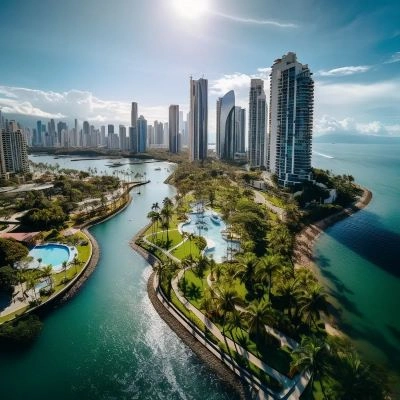
Identify the most promising sectors in Africa for high returns and sustainable investments.
Compare
Dear investor, please compare similar category items- either Locations or Opportunities.
*Already subscribed.
*Enter your name/email.

Sign up for exclusive investment alerts.
Already subscribed? Skip
Thank You For Subscribing to
Africa For Investors.

You will be redirected to AFI’s Linkedin Profile in 10 seconds.
Stay On AFI Website